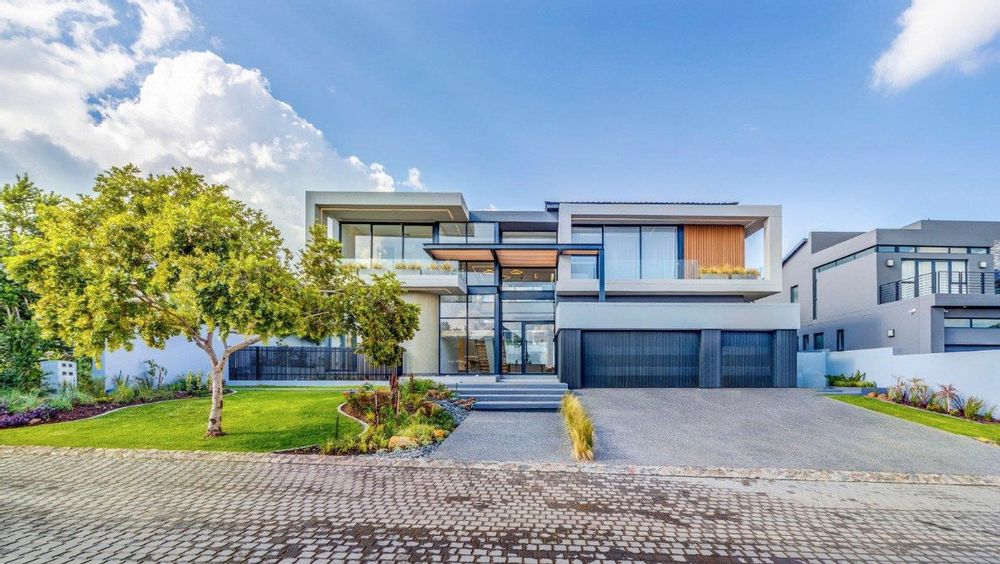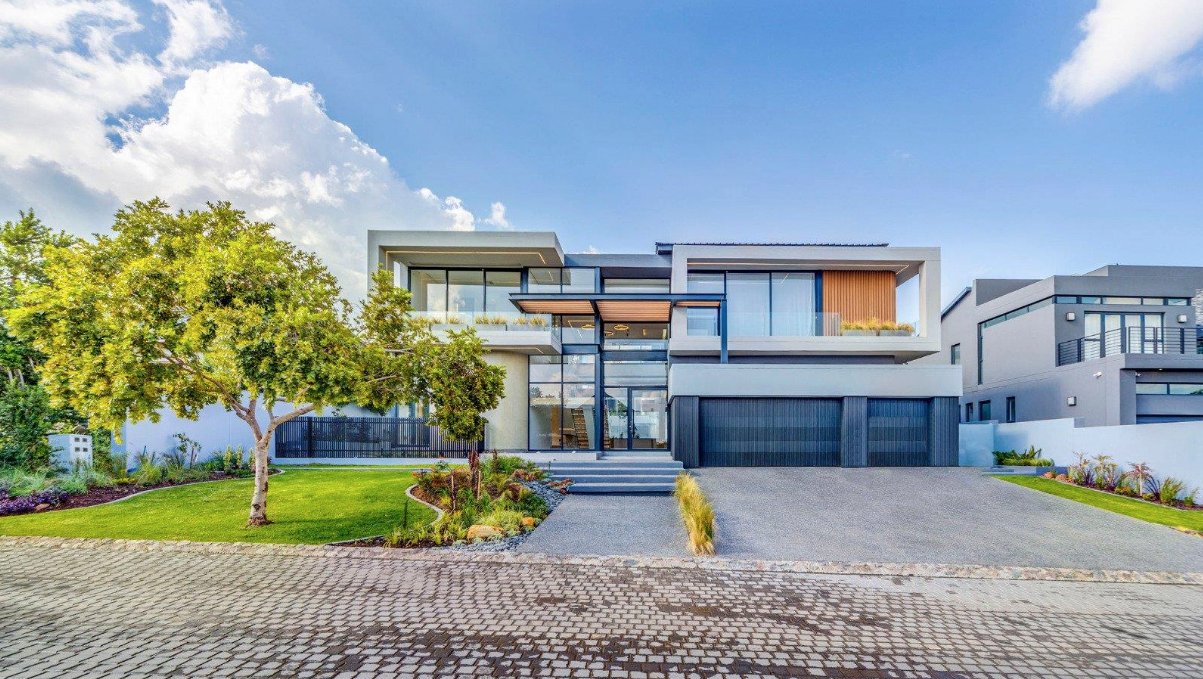When it comes to creating your dream home, one of the biggest decisions you’ll face is whether to build from scratch or renovate an existing property. Both paths have their own set of advantages and challenges, but the right choice depends on factors like budget, timeline, and personal preferences. Let’s break down the pros and cons of each option and highlight some often-overlooked aspects to help guide your decision.
Building from Scratch: The Clean Slate Approach
Building a home from the ground up offers the exciting opportunity to create a space that’s uniquely yours, with full control over design, materials, and features.
Pros of Building from Scratch:
- Total Customization: Every inch of the home is tailored to your vision. From the layout to the materials, you can design a home that perfectly fits your lifestyle.
- New Materials and Technology: By building new, you can integrate the latest in building materials, energy-efficient technology, and sustainable features that help future-proof your home.
- No Hidden Surprises: With a new build, you won’t face unexpected structural or electrical issues that can sometimes arise in older homes.
Cons of Building from Scratch:
- Longer Timeline: Building from scratch can take a year or more. It’s a time-consuming process that involves obtaining permits, working with contractors, and waiting for materials.
- Higher Upfront Costs: Between buying land, architectural fees, and the cost of materials and labor, building new often requires a larger initial investment.
- Infrastructure Challenges: If your plot is in a remote or undeveloped area, you may encounter challenges in connecting utilities like water, electricity, and sewage—adding unexpected costs and delays.
What People Often Miss When Building:
- Irrigation and Landscaping Costs: It’s easy to forget about landscaping when focusing on the house itself, but irrigation systems and mature gardens can significantly increase your budget.
- Water Supply: If you’re building in areas like Midstream where boreholes are restricted, access to a reliable water supply can be a big factor, especially for properties with extensive landscaping or water features.
- Ongoing Maintenance: Features like elaborate water systems (e.g., dams or streams) might look great on paper, but they require constant upkeep to function properly.
Renovating an Existing Home: A Blend of Old and New
Renovating allows you to breathe new life into an old space while retaining its original charm. It’s also an excellent option if you love the neighborhood you’re in but want to modernize your home.
Pros of Renovating an Existing Home:
- Faster Move-In: Renovations can often be completed faster than building from scratch. Depending on the scope, you could be enjoying your new home much sooner.
- Cost-Effective: Renovating can sometimes be more affordable than building new since you’re working with an existing structure. There’s no need for foundational work, roofing, or major permits.
- Established Neighborhood: You can stay in an area with mature trees, schools, and amenities that you’ve grown to love.
Cons of Renovating an Existing Home:
- Hidden Surprises: Older homes often come with issues like faulty wiring, mold, or outdated plumbing that only become apparent once you start the renovation.
- Limited Layout Changes: Working within the existing structure can limit your ability to make major design changes.
- Permits and Regulations: Older homes, especially in historic areas, may be subject to regulations that limit what you can change. Additionally, older properties might need to be brought up to current building codes, increasing costs.
What People Often Miss When Renovating:
- Utility Limitations: Renovating an older home may reveal that its plumbing and electrical systems aren’t equipped to handle modern appliances or tech, leading to costly rewiring or upgrades.
- Zoning and Permits: Changing the structure of an existing home often requires new permits, which can delay the project, particularly if the home is in a historically significant area.
Renovating vs. Building New: Hidden Costs and Complexities
While renovations may initially seem like the more affordable option, hidden costs can quickly add up. Tearing down walls often reveals unforeseen issues, such as structural damage or uneven surfaces that weren’t visible at first. As a result, renovation costs per square meter can sometimes surpass those of building from scratch.
For example, kitchen and bathroom updates are notorious for their high costs, particularly in older homes where plumbing and wiring may need significant upgrades. The appeal of modernizing these spaces is strong, but without careful planning, costs can spiral out of control.
Building new, on the other hand, offers a more predictable process in many cases. Since everything is designed from the ground up, you have full control over costs and materials, avoiding many of the surprises that renovations can bring.
The Benefits of Starting Fresh
If you choose to build new, you have the freedom to create a space that fits your lifestyle without being constrained by an existing layout. Modern builds also come with the peace of mind that all systems, from electrical to plumbing, are up to date and won’t need repairs for years to come.
Building new also allows for high-end customizations like soundproof cinema rooms, elaborate spa bathrooms, or even more extravagant features like indoor pools or gyms—things that may be challenging to integrate into an older home.
Making the Right Choice
So, which is the best option for you? Ultimately, it depends on your goals. If you value complete control over design and are prepared for a longer, more expensive process, building from scratch might be your best bet. However, if you’re looking for a quicker move-in time and want to preserve the character of an older home, a renovation might be more suitable.
Before making any decisions, it’s essential to consult with architects, contractors, and real estate experts who can provide insight into what each path will entail. Both options come with their unique set of challenges, but with proper planning, you can make the right choice and turn your dream home into a reality.


